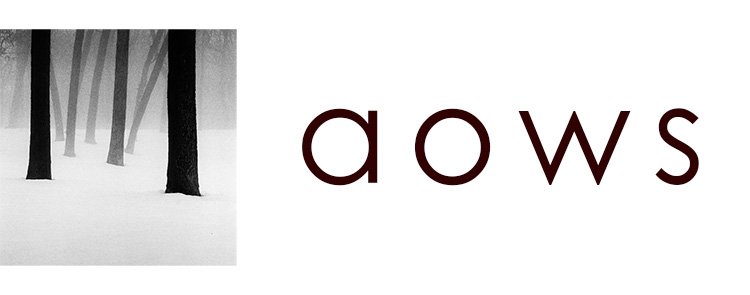I don't usually chase "that one shot". I like to go somewhere, drive around, walk, hike... and take the shots I see as I go. It's usually a very rough plan and pretty flexible. I don't wait hours for a photo either.
But I'd had one specific image in mind for a while, and I decided to go for it this last week: a long exposure of the full moon moving through the sky.
It was the first time I was taking a long exposure at night using film, and my first time ever taking a long exposure of the moon. Metering for something like this wasn't easy.
Choosing the place wasn't straightforward either. I had three possible locations with interesting foregrounds, each of them meant a 2-hour drive plus the way back home, and of course all of them at night. I finally went with Mt St Helens since the exposure would be from 7-8pm to 10-11pm, instead of crazy hours in the middle of the night. It was arguably the most beautiful of the three as well.
I used my digital camera as a light meter. I started the exposure at 7:15pm, during blue hour. I knew the settings the camera was telling me would change as it got darker, but I was hoping the full moon would light up the landscape. Using my 50mm wide lens, I set it to f/4. That'd be a regular 1-second exposure, but I needed 3 hours to get the whole path of the moon across the sky.
To achieve that, I used a 10-stop ND filter. The exposure changed from 1 second to 16 minutes, and adding the reciprocity failure of the film, that meant 2 hours and 45 minutes - very close to the 3 hours I wanted. I had the settings I was looking for!
And I think they were, for the most part, the right values. I made a terrible mistake though: I was using Kodak Tri-X instead of what I thought I was using, Ilford HP5+. First time this happened to me, precisely the time I was taking a shot like this one! Kodak Tri-X requires a longer exposure, the previous math changed from a 2h45min exposure to an almost 4-hour exposure. So yeah, that was bad news.
Normally, I'd try to compensate for that during development, but I had other images on that roll that were properly exposed and I didn't want to lose. So I developed it at regular times. The foreground, the mountain, was as I expected underexposed (see first photo below).
I didn't want to play digital tricks, but I used another shot I took right after I finished the long exposure (see second photo above) and blended them together on Photoshop. A bit of cheating I guess, but I'm pleased with the result.


